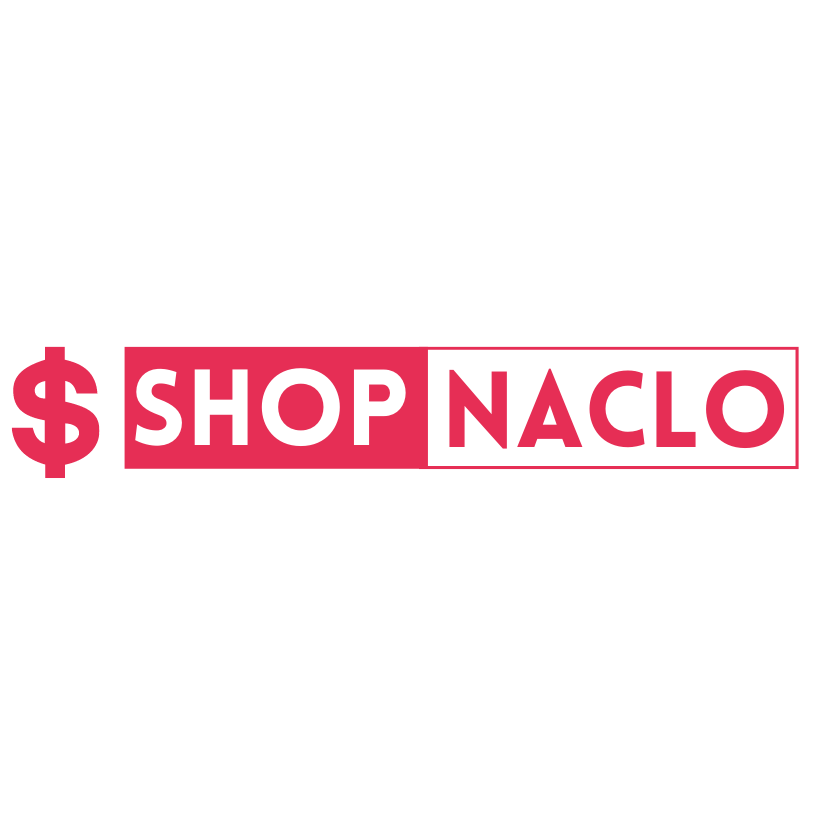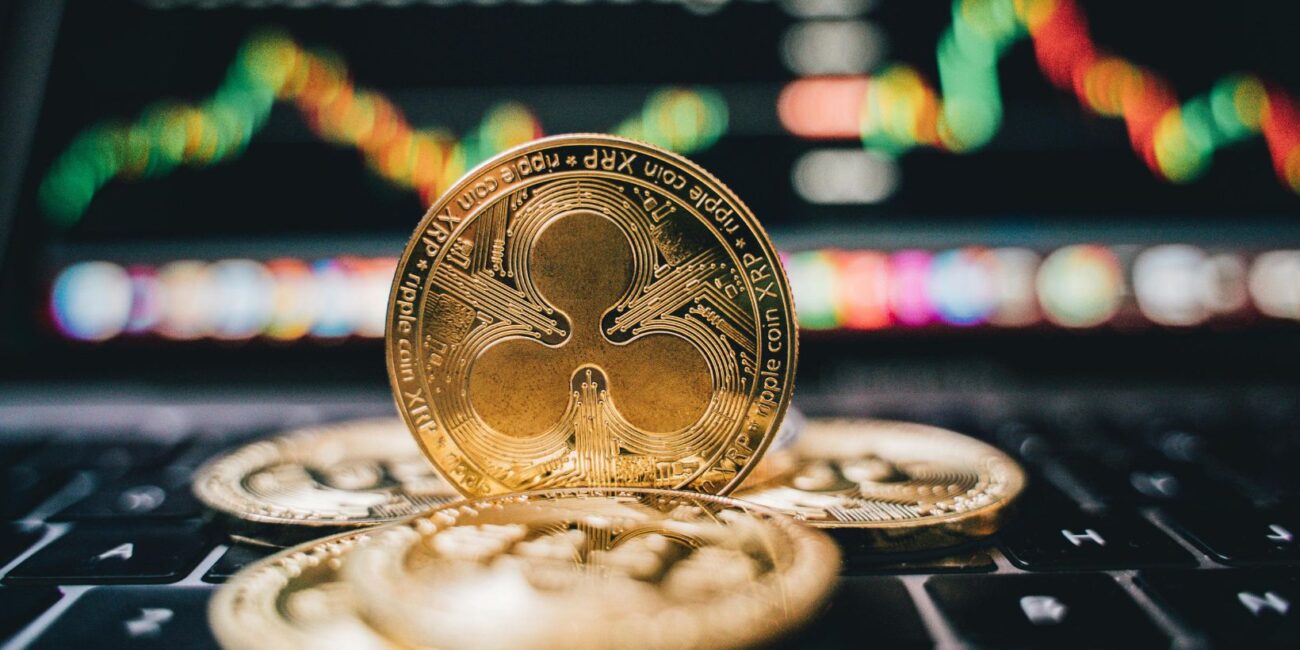At the start of 2011, three developers —David Schwartz, Jed McCaleb, and Arthur Britto —conceived a more efficient value transfer system. They developed a distributed ledger that transcended the limitations of Bitcoin, which included a native cryptocurrency, XRP, intended for fast, low-cost cross-border payments. The XRP Ledger deviates from Bitcoin in its core design. Only approved participants can run servers and maintain a unique node list to reach consensus on the network, and this permissioned approach makes XRP preferable for banks and other financial entities that must comply with strict regulations.
As opposed to other cryptocurrencies, XRP was designed to work within the traditional financial system, attempting to improve international money transfers by providing liquidity and bridging different currencies. The XRP / USD pair is listed on numerous exchanges, price charts, and trading platforms to illustrate the value of XRP in dollar terms. After years of turmoil and uncertainty, XRP now operates with greater clarity in the United States, as the Securities and Exchange Commission ended its case against Ripple, having accused the company of unregistered securities sales by way of XRP tokens.
If you’re considering an investment in XRP, but are unsure where to start, here’s a set of investment strategies you can consider, depending on your risk tolerance, time commitment, and market outlook:
Long-Term Holding (HODLing)
Holding onto cryptocurrency, informally known as HODLing, is one of the most ubiquitous trading techniques, very frequently used during bear markets to resist the urge to sell despite price drops. If you believe in the long-term potential of XRP – i.e., that its value will grow over the next 5, 10, or 20 years – retain your holdings irrespective of the market’s volatility and price fluctuations. In essence, HODLing is about purchasing XRP, keeping it safe in a wallet, and forgetting about it for a while. By not focusing on market fluctuations, you have a chance to calm down and relax, so take a break from trading.
Although long-term holding minimizes stress and transaction costs, it ties up capital, as your funds are locked into the investment for a long time, which means they can’t be used for other opportunities. This situation can be avoided by leaving your funds in a cryptocurrency interest account, which lends the XRP tokens to borrowers or uses them in yield-generating activities. Even if XRP is an established investment asset, its tale is still too short to guarantee long-term value. Several factors could influence its price trajectory, including but not limited to adoption and utility, supply and demand dynamics, and its speculative nature.
Dollar-Cost Averaging (DCA)

Dollar-cost averaging entails building up investments progressively over time in equal dollar amounts in lieu of investing the desired total in one lump sum. By regularly buying more XRP, you’ll be automatically investing more over time, regardless of what happens in the cryptocurrency market. Investing a specific dollar amount at regular intervals doesn’t guarantee you’ll make a profit or prevent a loss, but this disciplined and consistent approach can lower your overall cost-basis. For example, you can invest $100 worth of XRP each week to smooth out your purchase price over time and reduce the risk of buying a large amount at an unfavorable price.
Short-Term Trading
Short-term trades can last anywhere from minutes to days, allowing you to capitalize on market fluctuations to profit from fluctuations in XRP’s value by buying low and selling high. To succeed in this strategy as a trader, you must define your potential loss and potential gain by comparing your entry price to a stop-loss level and a price target. This creates a risk-reward framework that guides your decisions and keeps emotions in check. By way of illustration, you can risk $50 to potentially gain $150. Singling out the right trade means you can tell the difference between a good potential situation and one to avoid.
You buy and sell XRP throughout the day to take advantage of small price movements. The cryptocurrency market never closes, so if you want to buy XRP at 3 a.m., you can, but there are a few things to remember when it comes to liquidity, volume, and price. The trading volume peaks when major markets overlap, and higher volume typically provides more price stability. During off-peak hours, liquidity can result in significant price changes, reinforcing volatility and increasing risk. Because the cryptocurrency market doesn’t close, price swings can occur at any time.
Diversification
Spread your investments across multiple cryptocurrencies. If XRP loses most of its value, your entire portfolio is at risk, which leads to a loss of money. It’s not a guarantee, but the inherent uncertainty that comes with it is what makes risk management critical. In the end, success doesn’t come from eliminating risk entirely, but from navigating it with discipline and adaptability. Rather than limiting your cryptocurrency investing to XRP, you should distribute your funds across various types of digital assets, from “blue chips” to promising altcoins. Examples are Bitcoin, Ethereum, BNB, and Cardano.
Selecting cryptocurrencies that react differently to market fluctuations can help lessen losses: losses in one area can be balanced by gains or stability in another. Holding XRP alongside a stablecoin like USDC, USDT, or even Ripple’s RLUSD means that if XRP drops in value, the steady value of the stablecoins helps buffer the impact. Your funds are liquid, which means you can swiftly deploy them into XRP or other assets when opportunities arise. Nonetheless, stablecoins are centralized and can be subject to freezes or restrictions, so your allocation between XRP and stablecoins should match your risk tolerance and investment goals.
Yield Generation
Finally, yet importantly, you can leverage institutional-grade yield products that generate weekly returns in XRP. You deposit your XRP into the account, which is then allocated into advanced trading strategies executed on prime brokerage infrastructure. In other words, you earn passive income without selling your XRP. Equally, you can contribute assets to decentralized platforms to streamline token exchanges and other financial activities within the ecosystem. Upon depositing, you’ll receive tokens that represent your share in the liquidity pool.



